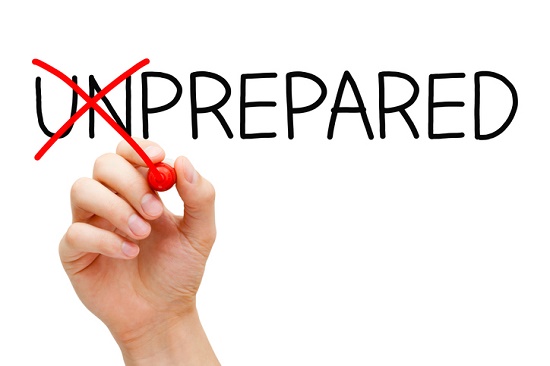
So you’ve reached the point where you think maybe you might need hearing aids. We know this place. Although the process can be confusing at first, if you work with a great hearing care professional, your journey to better hearing can be customized to fit your needs and you’ll enjoy the sounds around you again before you know it. Just follow this guide to get your best results.
Before you head out for your first appointment
Before you go to your hearing test appointment, jot down a list of questions for which you need good answers. During this appointment, your ears will be extensively tested, your hearing care professional will examine all the results and then discuss your needs with you. Don’t forget to ask these questions (and others if you have them):
- Do I have mild, moderate, severe or profound hearing loss?
- Would hearing aids be a good idea at this time?
- Do I need hearing aids for both ears? Just one?
- Which hearing aid is best for my needs?
- How can I get the right balance between price and features?
- What are your hearing aid financing options? (Private insurance, installments, credit arrangements, state programs, etc.)
During your hearing test
If the results of your hearing test come back normal, you probably don’t need hearing aids at this time. In any case, you’ll still have a touch point test to compare future hearing tests with.
If the results indicate hearing loss, and that you may, indeed, benefit from hearing aids, your hearing care professional will review your options with you.
In selecting a hearing aid, there are several variables to consider. Make sure you cover these areas:
- Programmability – most hearing aids are digital and programmable so that they can be programmed to match the specifications of your hearing loss. This is crucial; if someone tries to sell you a hearing instrument right off the shelf without any customizations, it probably won’t work correctly.
- Style – hearing aids come in many different sizes and styles, from models that sit behind the ear to models that fit entirely within the ear canal. You’ll want to balance price, ease-of-use, functionality, and aesthetics in making your decision.
- Wireless connectivity – Most newer model hearing aids wirelessly connect to a host of compatible smartphone models. This gives you the high-tech options of discreetly adjusting volume and settings, sending phone calls directly to your hearing aids, and even streaming music without wires or separate hearing aid remote controls.
- Advanced features – Many modern hearing aids have additional, technologically-advanced features such as directional microphones for enhanced speech, background noise reduction, environmental settings, and even telecoils for better phone calls. You may also want to forgo some of these options and opt for a more cost-effective model.
Don’t let the process befuddle you. Stick with these guidelines as you make your choices and your hearing care professional can guide you through the process. Whatever you do, don’t allow anyone to coerce you into purchasing hearing aids without fully answering all of your questions and helping you examine all of these aspects first.
New hearing aids at home
After choosing your hearing aids and having your hearing care professional program them, you’re ready to bring them home. But you should keep two things in mind.
First, there will be an adjustment period where things seem awkward at first. You’ll suddenly hear sounds you haven’t heard in a while, and the overall sound will just seem “off.” This is perfectly normal and, after a few weeks, will subside.
We recommend starting small at home. Try watching a movie and paying particular attention to the dialogue, engage in one-on-one conversations in a quiet room, and try listening to music and picking out or following certain instruments.
Even though it may be uncomfortable at first, you should try to wear your hearing aids as much of the day as possible, putting them in when you wake up and taking them out before bed. This will speed up the adjustment process, and after a few weeks, you’ll be glad you put in the effort.
Also remember that your hearing aids can be adjusted, so if you continue to have difficulty hearing or adapting to the new sound, schedule a follow-up visit with your hearing care professional to fine-tune the settings.
Second, to make sure you get the most out of your hearing aids, find out from your hearing care professional how to properly maintain them on a day-to-day basis. Things to learn include daily cleaning, correct overnight storage, keeping an eye on your battery supply, etc.
Also ask about the supplies you’ll need to take home with you. Some of these include sanitizers and cleaning kits, batteries, storage cases, etc. Your hearing care professional is a wealth of information about all of these matters.
After a short period of adjustment, you’ll one day suddenly realize that you love hearing everything again. If you have any other questions about hearing aids, or the process of acquiring them, give us a call!
